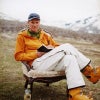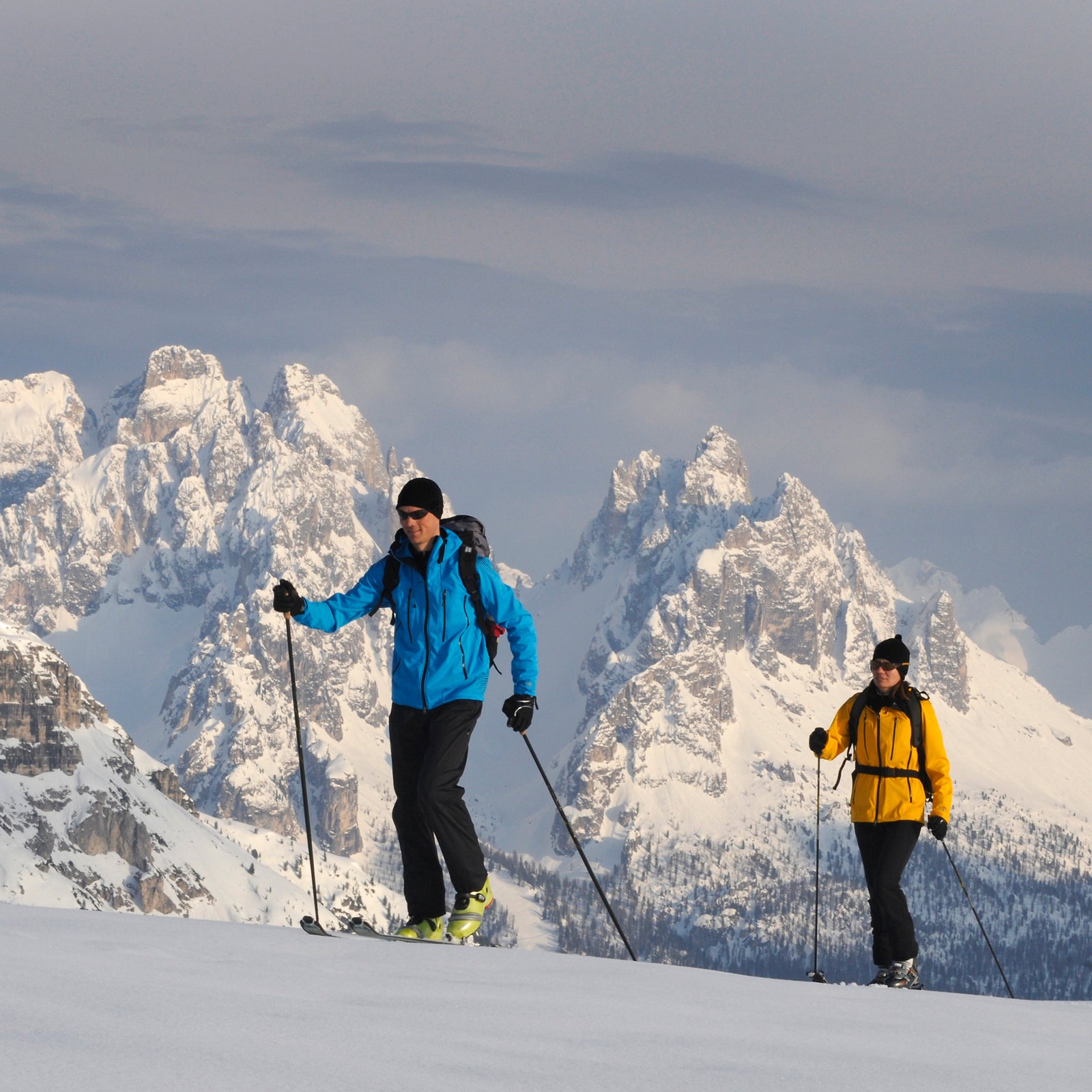On the morning of New Year’s Eve, 2015, three friends strapped on snowshoes and headed out for their final workout of the year on Washington’s Granite Mountain, a steep, 5,623-foot peak that’s popular with Seattleites in need of a quick alpine fix. By the time two of the friends had nearly reached tree line, winds were howling and snow was blowing. They decided to turn back. The trio’s third member, however, had already pushed higher: a software entrepreneur, well-known area conservationist and strong, seasoned outdoorsman who had been up Granite 200 times, by one estimate.
The friends watched Walker, 65, as he rose above the trees toward the peak’s bare summit, another 1,700 feet higher. But they lost sight of him in the storm. He never came returned. Walker’s body was found the next day. He had been swept a few hundred feet down an avalanche path.
Though Walker headed into the mountains that morning with others, at the moment he needed help he was “effectively solo,” in the parlance of avalanche experts, with no one nearby to help. It’s a pattern that’s disturbingly common in avalanche deaths, according to newly compiled data. As the snow begins to fly around the high country, incidents such as these hold a lesson for other winter backcountry travelers.
A few seasons ago, Mark Staples, director of the , and Evelyn Lees, a backcountry avalanche forecaster there, noticed something odd: in the winter of 2016–17, four of the 12 people who died in avalanches in the United States were traveling alone. The number surprised Staples and Lees. They wondered how often this happened. So they gathered data on U.S. avalanche deaths from the winters of 2009–10 to 2016–17.
What they found jarred them: 44 percent of more than 200 victims in those eight winters were either solo or else “effectively solo.”
“The idea behind ‘effectively solo’ is that you had a partner but for some reason they couldn’t perform an effective rescue,” Lees told ���ϳԹ���. There are three main reasons for this, Staples and Lees later in The Avalanche Review:��
-
A partner doesn’t witness the slide.
-
A partner is too far away to be useful.
-
The partner is caught in the avalanche, too.
The finding that nearly half of all victims die alone, or essentially alone, is remarkable, said Staples. After all, he said, having a partner is a fundamental element of going into the mountains safely, especially in winter. And yet, once they’re in the backcountry, people frequently become too far apart from one another to be useful when needed, or else they become trapped in a slide, too. “They are dying by themselves,” Staples said of these victims. “That’s just nuts. It’s crazy.”
The breakdown seems to happen in the way we move in the mountains. Riders on powerful snowmobiles can easily separate and diverge. Groups of skiers and snowshoers also fracture as they ascend, based on fitness and motivation—as Walker’s did on Granite Mountain that day. (In a recent, unrelated analysis, Lees and two volunteers at the Utah Avalanche Center, Christina Raspollini and Linda George, found that one-third of avalanche deaths among backcountry tourers—defined as backcountry skiers, snowboarders, climbers, snowshoers, and hikers—during the same time span happened while the victims were traveling uphill. That’s contrary to the popular image of avalanches catching people when they are descending.)
But what also surprised Staples and Lees is the dynamic in groups of skiers and snowboarders as they descend. “We say it like it’s easy: travel with a partner,” Staples said. “But when you’re out backcountry skiing, there are moments that you might not realize, where your partner might ski too far down” and be a few hundred feet below you, Staples said. Or it’s often the case that partners get separated in the trees. “It happens a ton,” he said.
Statistics show that those separations in avalanche terrain can prove deadly. “If something bad happens, if an avalanche happens, the clock is ticking,” Staples said. For instance, a rescuer who has to wallow uphill a few hundred vertical feet through deep snow may be delayed too long to save a suffocating victim.
Backcountry education has placed a great deal of emphasis on always carrying the right avalanche rescue gear and knowing how to use it, Staples said. But if you are not close enough to use it, the gear is worthless.
“We’ve got to address the basics,” he said. “It’s just a fundamental thing. And people are dying because of it.”
Staples’ practical advice for winter travelers boils down to this: use your head. “Be asking yourself throughout the day: If an avalanche happens, can my partner get to me quickly—or can I get to him?”


